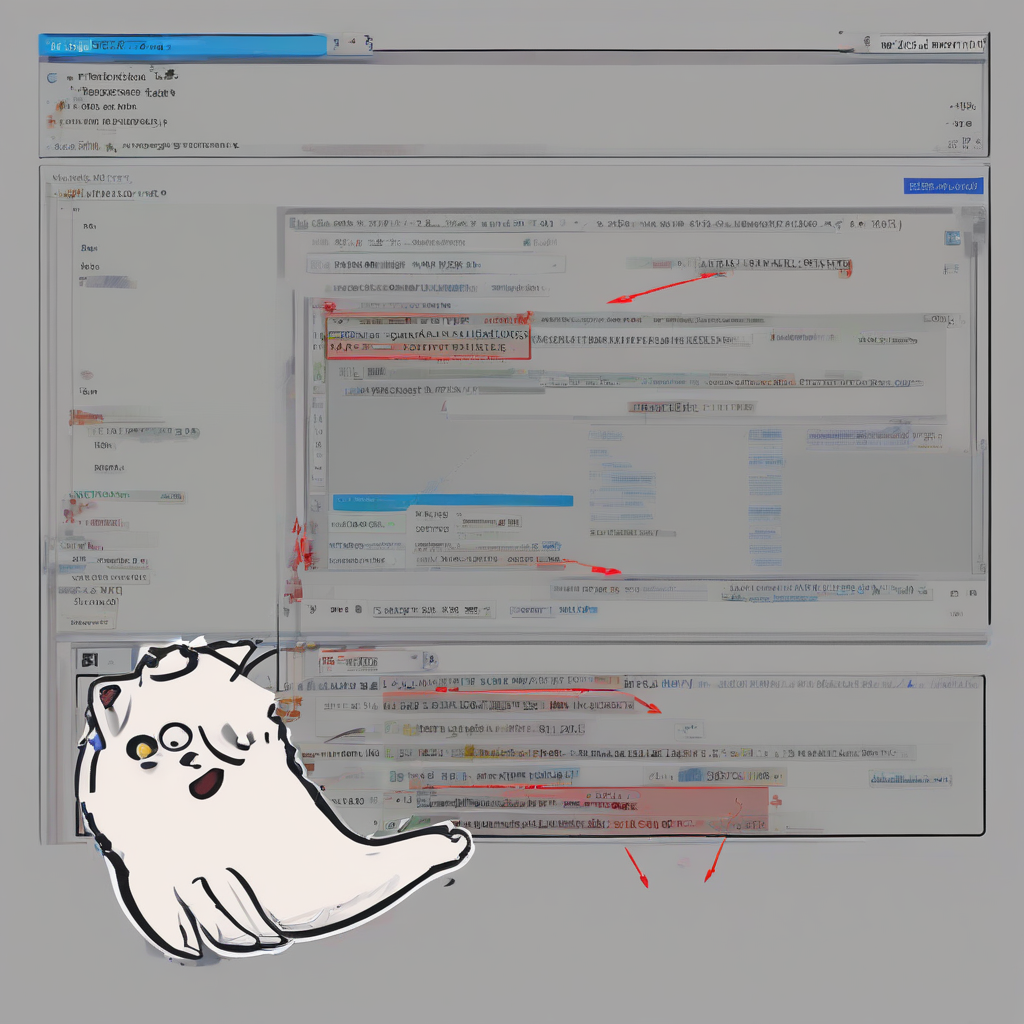The Comprehensive Guide to Quality Control Labels: Understanding Their Role, Types, and Implementation
Quality control labels are indispensable tools in various industries, acting as silent guardians of product integrity and consumer trust. They serve as a concise yet powerful communication channel, conveying critical information about a product’s origin, manufacturing process, quality standards, and conformity to regulations. This guide delves into the multifaceted world of quality control labels, exploring their purpose, different types, implementation strategies, and the overall impact they have on businesses and consumers.
The Crucial Role of Quality Control Labels
In today’s globalized market, consumers are increasingly discerning and demand transparency and accountability from businesses. Quality control labels play a critical role in fulfilling this demand. Their primary functions include:
- Verification of Quality: Labels provide visual confirmation that a product has met specific quality standards during manufacturing. This assurance instills confidence in both consumers and businesses.
- Traceability and Tracking: Labels often contain unique identifiers that enable tracking a product throughout its lifecycle, from raw materials to the end consumer. This is crucial for identifying and addressing quality issues efficiently.
- Compliance with Regulations: Many industries are governed by strict regulations, requiring products to meet specific safety and performance standards. Labels help demonstrate compliance with these regulations, avoiding legal issues and penalties.
- Brand Protection: Quality control labels contribute significantly to brand protection by ensuring consistent product quality and reinforcing consumer trust. This, in turn, builds brand loyalty and strengthens market position.
- Enhanced Customer Satisfaction: When consumers see quality control labels, they feel more secure about their purchase, knowing that a certain level of quality has been verified. This increased confidence leads to enhanced customer satisfaction and positive brand perception.
- Improved Efficiency in Manufacturing: Internal quality control labels used within the manufacturing process allow for efficient tracking and identification of potential problems early on, minimizing waste and improving overall production efficiency.
Types of Quality Control Labels
Quality control labels come in a variety of forms, each tailored to specific industry needs and applications. Some common types include:
- Certification Labels: These labels demonstrate that a product or service has met specific standards set by an independent certification body. Examples include ISO 9001, CE marking, and UL certification. They often carry significant weight in the eyes of consumers.
- Grade Labels: Used primarily in agricultural products and food industries, grade labels classify products based on quality characteristics such as size, appearance, and flavor. These help consumers choose products that meet their specific needs and preferences.
- Date and Batch Codes: These labels provide crucial information for traceability and help to identify specific batches of products, enabling quick response in case of product recalls or quality issues.
- Barcode and RFID Labels: These labels utilize advanced technologies for efficient tracking and management of products throughout the supply chain. Barcodes provide quick identification, while RFID tags offer enhanced traceability and real-time tracking capabilities.
- Warning Labels: These labels are essential for safety, providing crucial information about potential hazards associated with a product. They are particularly common in chemicals, pharmaceuticals, and hazardous materials industries.
- Country of Origin Labels: These labels indicate the country where a product was manufactured. They become increasingly important for ethical sourcing and consumer awareness regarding product origins.
- Internal Quality Control Labels: Used within manufacturing facilities, these labels aid in internal quality checks and tracking during production. They might mark specific stages of the manufacturing process or indicate that a quality check has been completed successfully.
Implementing Quality Control Labels Effectively
The effective implementation of quality control labels requires a well-defined strategy that considers several key factors:
- Defining Quality Standards: Before implementing any labeling system, it’s crucial to clearly define the quality standards that will be used as the basis for labeling. These standards should be measurable, achievable, and relevant to the product and its intended use.
- Choosing the Right Label Type: Selecting the appropriate type of label is crucial. Consider the industry regulations, product characteristics, and the level of traceability required when making this decision. The label must withstand the conditions the product will be exposed to (temperature, humidity, etc.).
- Label Design and Content: The design and content of the label must be clear, concise, and easily understandable. Symbols and pictograms should be used whenever possible to enhance clarity across different languages and literacy levels. The information must be accurate and up-to-date.
- Label Application Methods: The method of label application should be efficient and reliable. Consider factors like the surface of the product, the environment, and the volume of production when selecting the best application method (manual, automated, etc.).
- Label Material Selection: The material used for the label should be durable and resistant to the environmental conditions the product will be exposed to. Factors like temperature, humidity, and exposure to chemicals must be considered. Sustainability should also be a factor in material selection.
- Inventory Management: Implementing a robust inventory management system for labels is essential to ensure timely availability and prevent stockouts. This includes tracking label usage, ordering sufficient quantities, and managing potential waste.
- Training and Compliance: All personnel involved in the labeling process should receive proper training on label application, quality control procedures, and compliance with relevant regulations. Regular audits and checks should ensure continuous compliance.
- Integration with Technology: Integrating the labeling process with other technologies, such as barcode scanners, RFID readers, and ERP systems, can significantly enhance efficiency and traceability throughout the supply chain.
The Impact of Quality Control Labels on Businesses and Consumers
The use of quality control labels has far-reaching impacts on both businesses and consumers:
- Enhanced Brand Reputation: For businesses, quality control labels significantly enhance brand reputation and build consumer trust. This trust translates into increased sales, brand loyalty, and a stronger market position.
- Reduced Product Liability Risks: By demonstrating compliance with regulations and maintaining high quality standards, businesses minimize the risk of product liability lawsuits and related financial losses.
- Improved Supply Chain Efficiency: Quality control labels facilitate efficient tracking and management of products throughout the supply chain, reducing delays, minimizing waste, and improving overall operational efficiency.
- Increased Consumer Confidence: For consumers, quality control labels provide assurance regarding product quality and safety. This confidence encourages purchases and contributes to greater customer satisfaction.
- Better Informed Purchasing Decisions: Labels provide consumers with valuable information to make informed purchasing decisions. This empowers consumers to choose products that meet their needs and preferences, while also supporting businesses that prioritize quality and sustainability.
- Reduced Risk of Counterfeiting: Sophisticated labeling techniques, including advanced security features, can significantly reduce the risk of counterfeiting and the associated economic and reputational damages.
Conclusion (Omitted as per instructions)





